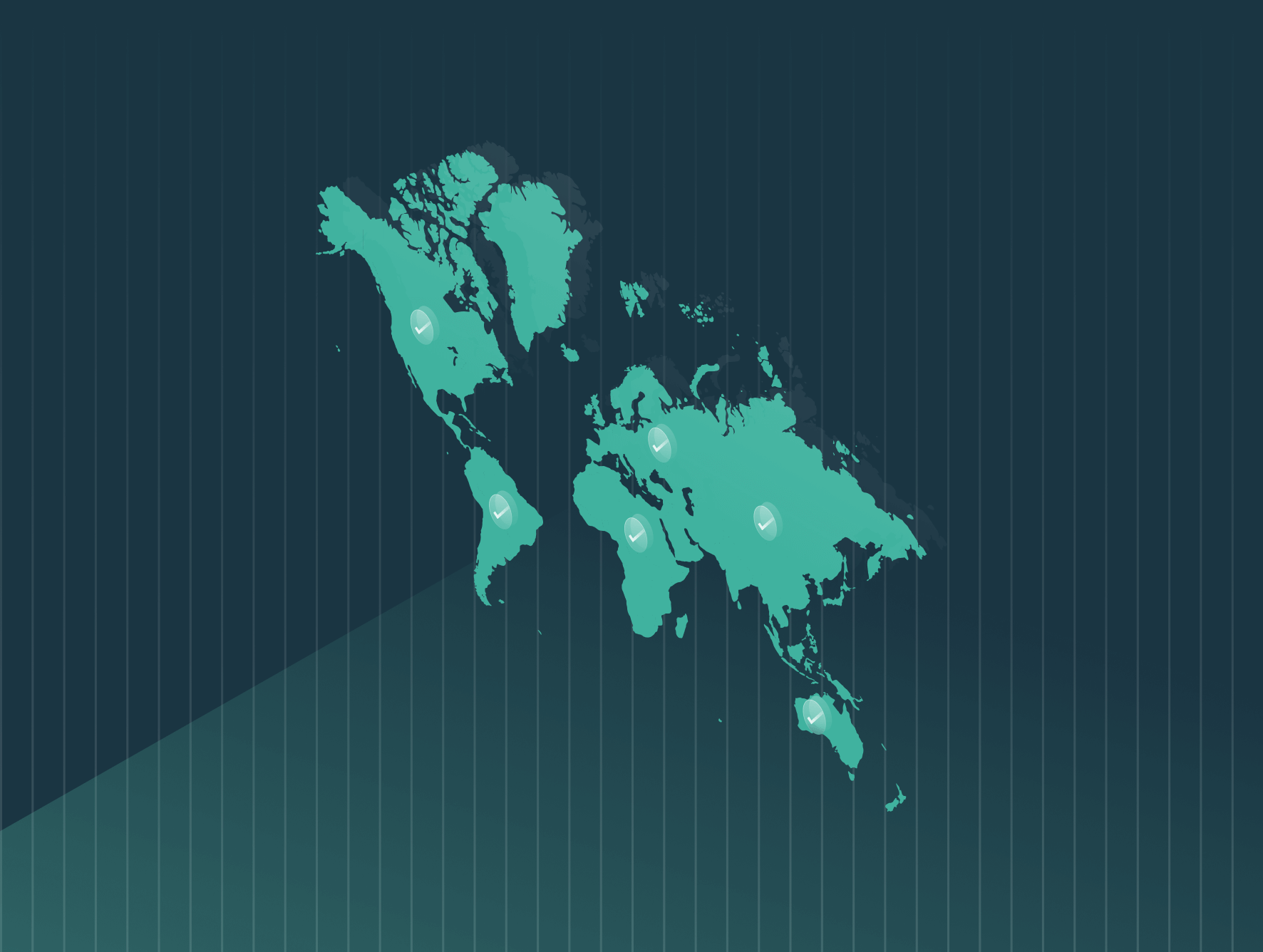For the 2017 and 2018 reporting years, the Equal Employment Opportunity Commission (EEOC) expanded EEO-1 reporting for employers by introducing the collection of employee pay data.
Known as EEO-1 Component 2, the EEOC’s short-lived pay data reporting requirements demonstrated significant value in identifying and resolving pay discrimination in the workplace. This was recently confirmed in an independent study conducted by the National Academies of Sciences, Engineering, and Medicine.
The 298-page report makes key observations regarding the importance of pay data reporting. In addition to highlighting these, the report gives recommendations on how the EEOC can more effectively leverage the data to combat gender and race/ethnicity pay discrimination.
Some of the major takeaways from the report include:
- Pay data reporting is necessary for evaluating differences in compensation by gender and race/ethnicity
- Pay data is wildly unique, and no other government data collection or reporting provides the kinds of insights that pay data reporting does
- The use of federal pay data reporting would greatly assist the EEOC with investigating and resolving charges of pay discrimination
- Annual pay data reporting would help the EEOC better prioritize resources for identifying greater instances of systemic discrimination
The report identifies several unnamed Silicon Valley employers that have dramatic pay gaps, that otherwise may not have been known had the EEO-1 Component 2 pay data collection not happened.
Some organizations had more than 50% wage disparities between black and white men. Wage gaps between men and women also existed and depending on race/ethnicity were greater or less.
Reconciling pay data reporting recommendations
In terms of improvements the EEOC can make to enhance the pay data reporting collection process, the report makes many recommendations pertaining to data quality, specifically stating that missing data, inconsistencies, unrealistic extreme values, and unreliable measurements were often identified in employers’ Component 2 pay data submissions. Referring to the data-quality issues, the report finds that “These errors are large, and, if not addressed, could generate misleading results.”
The report also recommends that the EEOC combine both Component 1 and Component 2 collections into one single report. Doing so would reduce employer burden and as a result, also reduce the likelihood of reporting data inconsistencies.
To further simplify the process, the report encourages the EEOC to implement a standard reporting time frame, instead of giving employers the choice. This would reduce data discrepancies and improve the comparability of data submitted.
All of the aforementioned recommendations would improve data quality, reduce employer burden, and generate more reliable reporting for resolving gender and race/ethnicity pay discrimination in the workplace.
EEOC’s Chief Data Officer, Dr. Chris Haffer commented on the findings of the report, saying specifically “Its comprehensive analysis and data driven recommendations provide strategic direction for how to improve collection of compensation data and align with many of the needs the EEOC has already identified and begun addressing as part of the agency’s modernization of its EEO data collections and data analytics.”
The future of pay data reporting
Pay data reporting is critical to eliminating gender and race/ethnicity-based pay discrimination, and the data continues to confirm this.
In fact, the success in combatting pay discrimination via pay data reporting has been replicated in instances beyond the EEO-1 Component 2 collection.
California’s SB 973 pay data reporting law, first required in 2020, resulted in similar outcomes. Based on the data collected, we identified a gender wage gap of $46 billion, when extrapolated across all of California’s workforce. And with additional pay data reporting requirements coming to the state next year, we can expect more detailed findings like those identified in the National Academies of Sciences, Engineering, and Medicine’s report.
So, now the question is, when will the EEOC reinstate EEO-1 component 2 pay data reporting, or something similar? EEOC Commissioner Keith Sonderline recently cautioned employers on the return of pay data reporting, saying specifically, “Watch out, it is coming.”
When exactly it will happen remains unclear, but it will likely be sooner than organizations may think. Employers attuned to the rhetoric of pay equity would be wise to start preparing now.
Preparing for the return of federal pay data reporting requirements
The best way to prepare for pay data reporting is to conduct routine pay equity audits. Pay equity audits assess an organization’s compensation practices and as a result, uncover disparities that the organization may not have been aware of. These critical findings provide employers with the opportunity to correct identified pay disparities before filing their pay reports to state and federal governments.
Our pay equity auditing software, PayParity continuously audits your employees’ compensation at the intersections of gender, race/ethnicity, age, disability, and more. This comprehensive view allows you to identify all potential instances of pay inequity, and as result provides you with the opportunity to resolve them proactively.
To learn more about the value of pay equity audits, speak with one of our experts today to see how conducting one now could benefit your organization.








